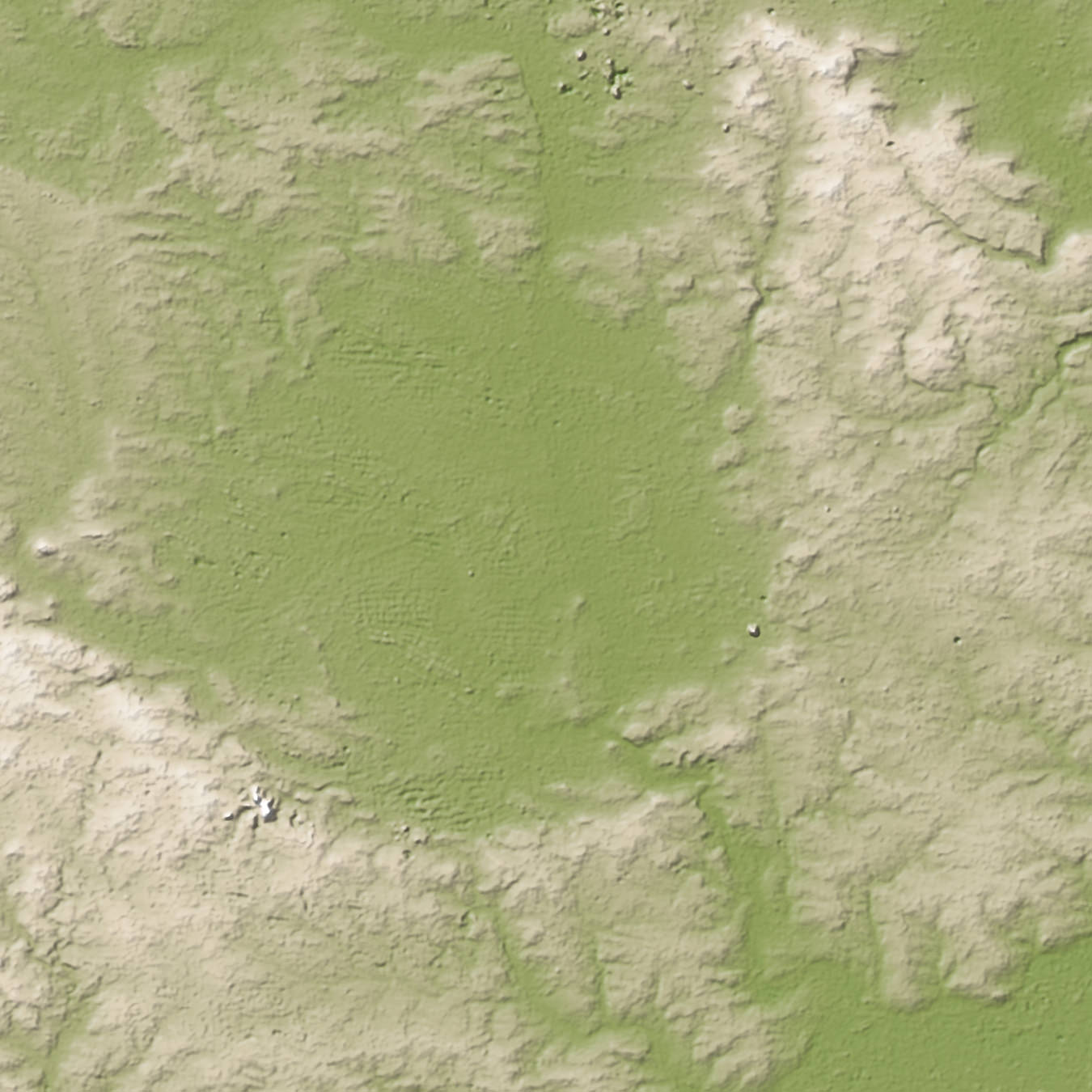Could life thrive in the devastated rock left behind after a meteorite impact? A new study hints that possibly, that could be the case. Researchers discovered what they think are geological records of biological activity inside of Nördlinger Ries, a crater in Germany that is about 15 miles (24 kilometers) wide.
What the researchers say could be microbial trace fossils — specifically, tiny “tubular features” — were spotted inside the impact glass created after the meteorite impact melted the surrounding rock. These features are tiny — one-millionth to three-millionths of a meter in diameter — and were examined with spectroscopy and scanning electron microscopy to confirm the findings, the team stated.
“The simplest and most consistent explanation of the data is that biological activity played a role in the formation of the tubular textures in the Ries glasses, likely during post-impact hydrothermal activity,” stated post-doctoral fellow Haley Sapers, a post-doctoral scholar at the University of Western Ontario who led the research.
The researchers suggest that on other planets, looking in impact glass might be a good spot to search for tubular features such as the ones they found. The findings are peer-reviewed, but we’ll be interested to see what independent research teams make of the data collected.
You can read more about the research in the journal Geology.
Source: University of Western Ontario

